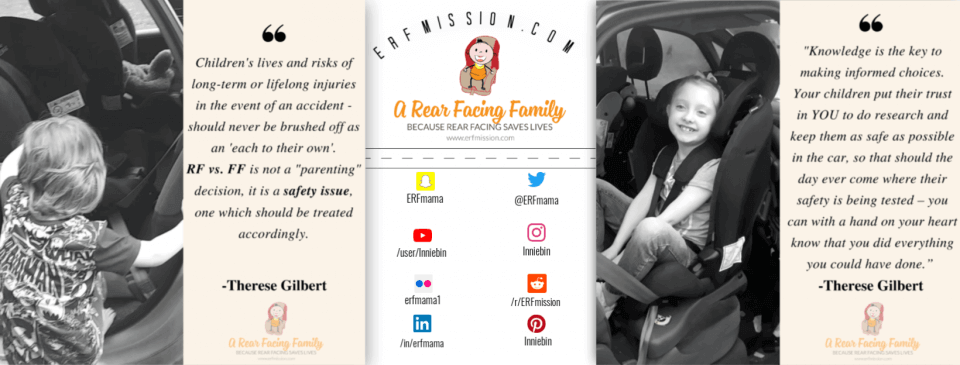From time to time we get a little complacent with our health and safety situation at home and if there have (mercifully) not been any incidents, we can be lulled into something of a false sense of security. So now, as we prepare to enter the colder months and everyone’s going to be spending some more time indoors than usual, it’s as good a time as any to do a once-over on your home to make sure that everything is working the way it should be. Remember that whatever time or resources you invest in preventing accidents, the happier and safer you’re going to be later.
Here’s how.
Before you can know how to address possible pitfalls, you first need to be aware of what potential problems you could be facing. Everything from fire and smoke alarms, broken gates or defective locks and electronics all need to be taken into consideration, so grab a clipboard and when all the kids are at school and you and your partner have the house to yourselves for a couple of hours create a walkthrough plan and check each space together. Two sets of eyes make for a solid combination.
ENVIRONMENTAL THREATS
The first area that you should be completely thorough in pertains to all things environmental. That being, your home environment. So check each rooms smoke and fire alarms, make sure they’re working properly and replace batteries or faulty gear. This is also a good time to make sure that you have a stash of extra batteries for those “just in case” moments.
FIRE EXTINGUISHERS
Once you’ve taken care of the detection equipment, you also need to make sure that you have your fire extinguishers checked and refilled if necessary and that you and your able-bodied family members know how to use them. There are generally four types of fire extinguishers and each is used for a specific purpose. They’re divided into different categories and it’s a good idea to know what they are and for which fires they’re designed.
Class “A”: These are water extinguishers and will be effective in fighting small “solid
combustible” material fires. This means fires that have started around the paper, wood and so on.
Class “B”: These extinguishers are generally used to extinguish liquid combustible fires like
oil, grease or gasoline and they use foam to extinguish the flames.
Class “C”: These extinguishers are only good for electrical based fires and are easily
recognized because they have a large funnel. These contain CO2 and they work by extracting oxygen from the fire. Take care to hold the handle and not the funnel as your hand could freeze onto the funnel.
Class “D”: These are used on flammable metals and will typically not be used around the
Home. These are powder extinguishers.
Generally, you would keep a Class “A” extinguisher around your house. To extinguish a fire you make use of the PASS principle: Pull, Aim, Squeeze and Sweep. So, you pull the pin, aim the nozzle at the base of the fire then squeeze the handle while sweeping from left to right
Only attempt to extinguish the fire if it’s small enough and if you feel that you are realistically able to attempt. If you think you can, make one attempt and if that fails, leave and seek help immediately. You can find some tips for firefighting at home, here.
COPING WITH NATIONAL OR REGIONAL EMERGENCIES
In the time of climate change and more severe emergencies, it is an unfortunate reality that more of us are going to start facing, and you should know how to do so too. Certainly, if you live in an area that is prone to hurricanes or earthquakes or other natural disasters, but even if you don’t, keeping a ready stocked and good to go survival bag is always a good idea. You may have to survive for a few days before help arrives so you’ll need to think and pack carefully based on your families specific needs. This guide works for everyone, American, British or otherwise.
AUDITING YOUR APPLIANCES
This is relatively easier than one might think. It starts with simply checking the cables, connections, elements and sockets for wear and tear, fraying and of course, making sure they work at all. If you encounter issues and you have the knowledge, you can fix it yourself with the right parts, but if you don’t have the know-how, then it’s a good idea to get someone to check them out for you.
The same voracity with which you apply all of your safety skills to other elements of your family’s existence, like safety on the road or when going out at night, you should apply around your home too. It’s also a good idea to keep a list of emergency contacts somewhere that’s easily accessible and make sure that your children know whom to call if, things go wrong.
Therese has completed the ‘Advanced Child Car Seat Training Course’ at TRL (Transport Research Lab) and is a CPD accredited car seat expert. She blogs about in-car safety, car seats, tips, reviews, giveaways and advice. She’s a mum on a mission to change the law and raise awareness. She is also a breastfeeding advocate and gentle parenting promoter who loves cloth nappies, baby-wearing, BLW and co-sleeping/bed-sharing.
